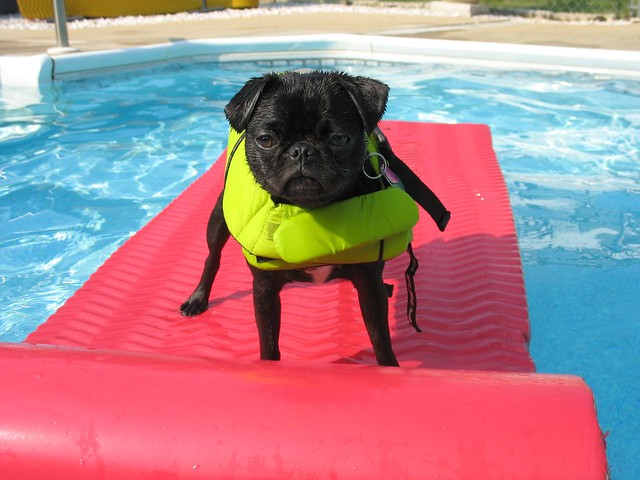
In between staring at the mirror and primping your nails, you wrote a book; how cute!
Who’s a loser now?
That “loser” reputation was well-earned in some cases. Companies out to “help” writers publish their books would sell exorbitantly-priced packages of legitimate-sounding “services,” from editing and illustration to layout and promotion. But mainly what they’d “serve” you with, often for thousands of dollars, was a useless box of poor-quality books that would sit in your living room for years, doing nothing to sell themselves.
(A few of these companies have “successfully” transitioned to the Internet. Visit the Writer Beware blog for a guide to some of the more heinous among them.)
That is NOT today’s self-publishing environment. Today, self-published books are of great quality. They look and feel super-professional, and they’re cheaper than ever. For under $10, including delivery, you could be holding your finished children’s book in your hands next week.
Why self-publishing may not work for you
So there’s no shame in self-publishing anymore. But that still doesn’t mean it’s for everybody. Here are four signs that self-publishing, even in today’s easy-entry market, might not work out for you.






 What the heck is a holiday-books post doing here in April? And not just any post – this is Part 2 of a 2-part series! (
What the heck is a holiday-books post doing here in April? And not just any post – this is Part 2 of a 2-part series! (









 Yet my kids are fascinated, and ask eagerly for this book every single night. They’ve also been “sneaking” reads on their own during the more suspenseful bits. Wow.
Yet my kids are fascinated, and ask eagerly for this book every single night. They’ve also been “sneaking” reads on their own during the more suspenseful bits. Wow. It’s easy to see why so many authors fail: the market is flooded like no time before in history. What will keep you afloat above the deluge?
It’s easy to see why so many authors fail: the market is flooded like no time before in history. What will keep you afloat above the deluge? 




 Since I’m not a visual person (as in, when I draw stuff you can’t really tell what it is that I’ve drawn!), I’ve asked illustrator
Since I’m not a visual person (as in, when I draw stuff you can’t really tell what it is that I’ve drawn!), I’ve asked illustrator 




